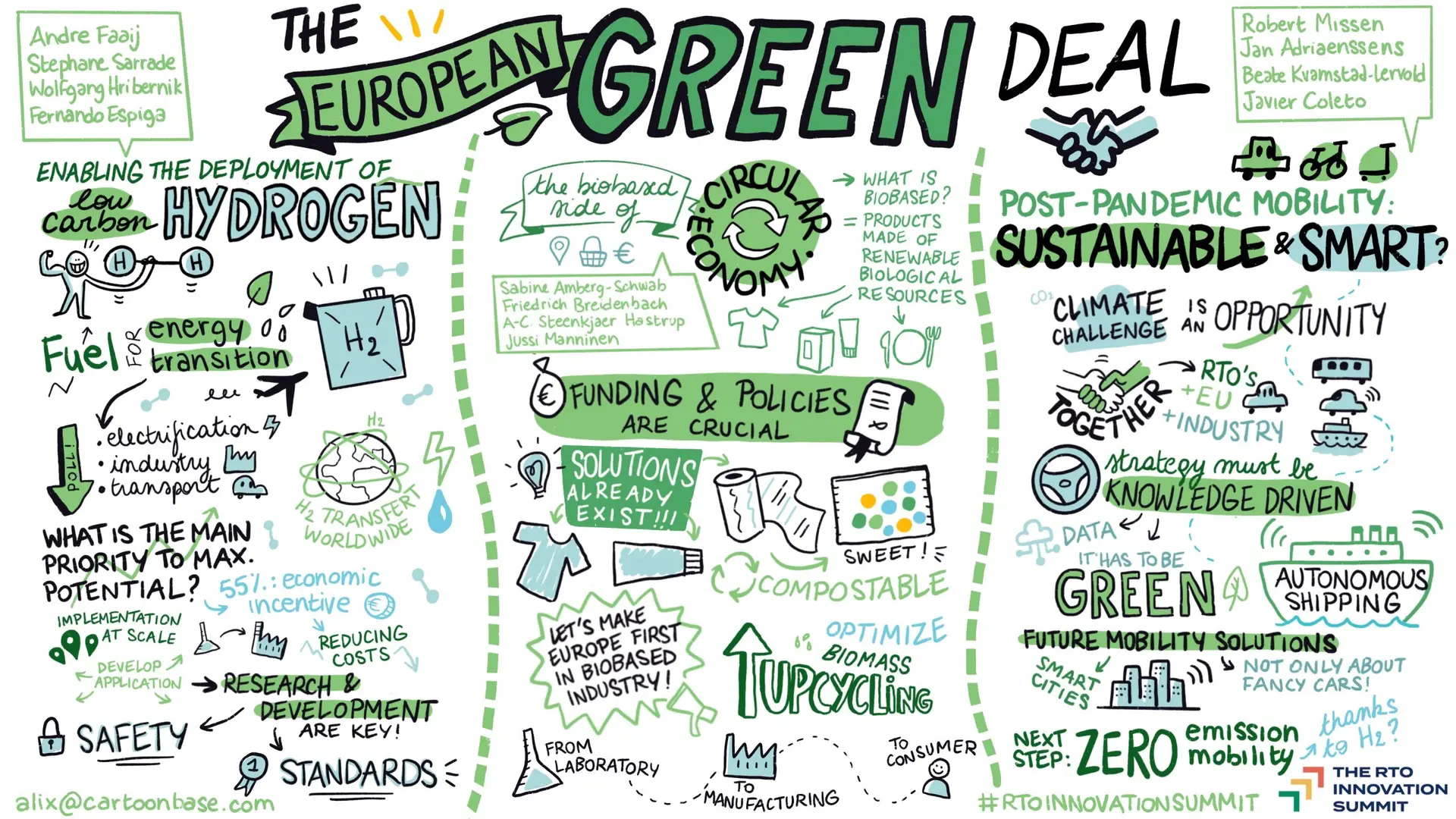Driving Co-Development and Breakthroughs with Innovation Readiness and Sprint Workshops.
Open innovation is transforming how companies develop and implement sustainable solutions.
At Waxell, we leverage concepts like the „Innovation Readiness Level“ and „Innovation Sprint“ to foster co-development of eco-friendly packaging solutions. This blog explores how these frameworks help us evaluate readiness, generate ideas, and rapidly prototype sustainable materials. By focusing on disruptive innovation, we help our partners gain a competitive edge in the market.

The Virtuous Cycle of Open Innovation
Open innovation involves sourcing ideas and technologies from external and internal partners to accelerate innovation and solve complex challenges. For sustainable packaging, this means collaborating with stakeholders across the value chain to develop materials that are not only functional but also environmentally friendly.
Workshop Design: Innovation Readiness Level
The Innovation Readiness Level (IRL) assessment is a crucial first step in our open innovation process. It evaluates an organization’s preparedness for innovation across several dimensions:
- Technology Readiness: Assessing the maturity of existing technologies and their applicability to new projects.
- Market Readiness: Evaluating market demand and potential customer acceptance.
- Organizational Readiness: Determining the internal capacity to support innovation initiatives.
Key Activities:
- Interviews and Surveys: Collecting insights from stakeholders to gauge current capabilities and identify gaps.
- Workshops: Engaging cross-functional teams to discuss findings and prioritize areas for improvement.
Workshop Design: Innovation Sprint
Following the IRL assessment, the Innovation Sprint is a high-intensity workshop designed to rapidly generate and prototype new ideas. This approach is inspired by Silicon Valley’s agile and lean methodologies, ensuring swift progress from concept to execution.
Sprint Structure:
Day 1: Understand
- Activities: Conduct expert interviews and competitive analysis.
- Outcome: Comprehensive understanding of innovation challenges and opportunities.
Day 2: Define
- Activities: Use design thinking to map out user journeys and define key metrics.
- Outcome: Clear definition of innovation goals and success criteria.
Day 3: Diverge
- Activities: Brainstorm multiple solutions and create rough prototypes.
- Outcome: A wide range of creative ideas and initial prototypes.
Day 4: Decide
- Activities: Evaluate and prioritize ideas, refining the best ones.
- Outcome: Selection of the most promising ideas for further development.
Day 5: Prototype
- Activities: Develop detailed prototypes using rapid prototyping tools.
- Outcome: Functional prototypes ready for testing and feedback.
Day 6: Test
- Activities: Conduct user testing sessions to gather feedback.
- Outcome: Validated prototypes with insights for improvement.
Outcomes and Benefits
1. Accelerated Innovation: The combined approach of IRL and Innovation Sprint accelerates the development of sustainable packaging solutions, reducing time-to-market.
2. Enhanced Collaboration: Open innovation fosters collaboration between Waxell, its partners, and external experts, leading to richer, more diverse ideas.
3. Strategic Insights: Regular assessments and workshops provide strategic insights into market needs and technological capabilities, guiding long-term innovation strategies.
The Innovator’s Dilemma and Disruption
Clayton Christensen’s „The Innovator’s Dilemma“ highlights the risks of focusing solely on sustaining innovation. By prioritizing disruptive innovation, companies can create new markets and value networks, gaining an unbeatable advantage over competitors who are slow to adapt.
Key Strategies:
- Embrace Risk: Encourage experimentation and tolerate failures as part of the innovation process.
- Focus on Users: Use design thinking to deeply understand user needs and develop solutions that exceed their expectations.
- Iterate Rapidly: Adopt agile methodologies to continuously improve and refine prototypes based on user feedback.
Conclusion
At Waxell, we believe that a well-executed open innovation process is key to developing groundbreaking sustainable packaging solutions. By using tools like the Innovation Readiness Level and Innovation Sprint, we help organizations accelerate their innovation journey and achieve significant market impact. Embracing disruptive innovation not only addresses current environmental challenges but also positions companies for long-term success.
Final Thought: Investing in open innovation today ensures a sustainable and competitive tomorrow. Join Waxell in transforming the future of packaging.
Sources:
- Christensen, C. M. (1997). „The Innovator’s Dilemma: When New Technologies Cause Great Firms to Fail.“
- ManageMagazine: „How to use Design Thinking for your Innovation Process“
- Wyss Institute: „Plastic Degradation Company, Breaking, Emerges from Stealth with Naturally-Derived Solution to Degrade Multiple Plastics“
- Polytechnique Insights: „How synthetic biology could help degrade plastic waste“

